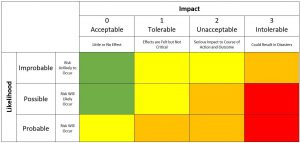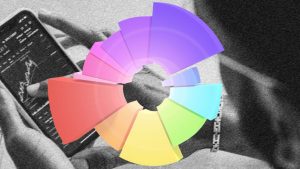The old adage “A picture is worth a thousand words” has been around in one form or another since at least the 1920s, but it’s more true than ever today in a world where image-capturing devices are ubiquitous and the sharing of images takes way less effort than writing a thousand words.
The implications for brands are profound. Just as many marketers have been getting the hang of “social listening” that parses text-based comments about brands, more and more consumers are using photos to communicate their thoughts and feelings. Some consumers are pretty good about name-checking brands that are featured in their photos (in accompanying captions/comments/hashtags/tweets), but oftentimes photos travel through social media with no verbal clues whatsoever as to their brand content.
Consider the consumer who tweets an image of Bud Light Lime Water-Melon-Rita with no mention of the product and only a caption that reads “Someone buy me this please” followed by three smiley emoji with heart-shaped eyes.
Or the Twitter user who tweets “Wow, A Lot of Products Have Amazon Dash Buttons Now (Here’s the Full List)”—along with a link to a news article with that title—but makes no mention of the brand, Tide, shown on the accompanying image of an Amazon Dash Button that he’s shared.
Or the Instagram user who captions a photo of can of Campbell’s Chunky Chicken Corn Chowder, “It’s 90 degrees so soup sounds like a great idea. #fitspo #health #fitfam #fit #workout #motivation #gym #healthy #fitness #instagood #me #instalike #love #follow #instafit #instadaily #wellness #weightloss #weightwatchers #diet #beforeandafter #beforeandafterweightloss #exercise #progress #transformationtuesday #healthylife #active”—27 different hashtags but not one of them mentions Campbell’s!
All of these images—which offer insights into consumer attitudes, consumer satisfaction, product use, etc.—are now readily visible to us as statements about brands thanks to some cutting-edge computer vision methods — specifically, image recognition. The technology has progressed to the point that it can detect brand logos even in pretty mediocre photos—in poorly lit, tossed-off images, where products and logos aren’t even necessarily fully in view.
In the new visually-driven culture, the basic strategic uses of “social listening” still apply: Marketers still have to decide for themselves what amounts to actionable information, whether it’s about reaching out to disgruntled consumers before their complaints go viral or cultivating top influencers and superfans of your brand to help spread the love. (As long as consumers are posting to the general public—i.e., on accounts not set to private—marketers are free to reach out to them.)
A soup maker like Campbell’s, for instance, might choose to direct some of its marketing and social-media messaging to fitness-focused consumers who use its products as part of a healthy diet. Bud Light could take the “surprise and delight” approach to rewarding fans (e.g., with digital coupons and other special offers) who spread the word about seasonal offerings such as its Lime Water-Melon-Rita beverage. And Tide might step up its social-media messaging to support its one-button-ordering partnership with Amazon Dash.
Some marketers have taken learnings from image recognition even further. Salad dressing brand Hidden Valley Ranch, for instance, found that more and more consumers were posting social-media images of themselves using the product as a dip for vegetables, wings and other snacks. With that in mind, Hidden Valley Ranch revised its product packaging, which now positions the product as a “Topping and Dressing.”
In other words, Hidden Valley Ranch expanded the potential market for its storied brand by taking a cue from consumers who literally showed the way.
The bottom line: If you’re a marketer who wants to truly tune into what consumers have to say, these days you need to not only listen, but look.
Digital & Social Articles on Business 2 Community(21)





